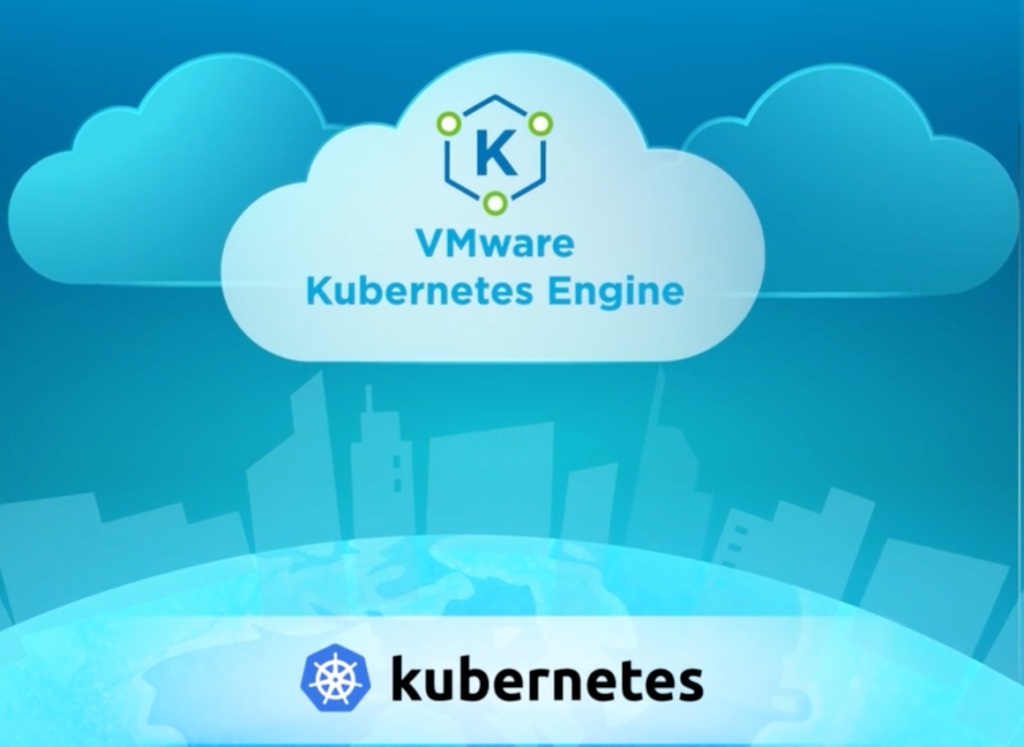Have you started hearing Site Reliability Engineer (SRE), Platform Reliability Engineer (PRE) terms? It’s time to retire the traditional Administrator roles and switch to new version of reliability engineers world by transforming our skills into new world 🙂 Basically Infrastructure to DevOps – DevOps to Reliability Engineers which requires understanding of software components and methodologies. However your key skill of VMware Administrator is the base for Nex-Gen skills like K8 (Kubernetes, Docker/Containers). To explore our journey towards cloud native – SDDC (Software Defined Data Center), learn how to map Kubernetes to your Infrastructure, using Software Defined Data Center examples from VMware.
VMware Kubernetes Engine delivers Kubernetes as a Service that enables users to run containerized applications without the cost and complexity of implementing and operating Kubernetes. VMware Kubernetes Engine includes several key features that enable you to run highly secure, cost-effective enterprise applications in the cloud:
Simple to use, quick access to native Kubernetes
Seamless integration with AWS services
Deep policy control with role-based identity and access management across clusters
Resource optimization and high availability with VMware Smart Cluster
Compatibility with other VMware Cloud Services like Wavefront
With VMware Kubernetes Engine, you can run containers at scale in three simple steps without having to configure compute resources or clusters:
1. Login to the service
2. Create a new cluster using Smart Cluster types from either the UI or CLI
3. Use either the K8s default web console or Kubectl to deploy your application
“Be social and share this on social media, if you feel this is worth sharing it”
